Archives
- 2025-12
- 2025-11
- 2025-10
- 2025-09
- 2025-03
- 2025-02
- 2025-01
- 2024-12
- 2024-11
- 2024-10
- 2024-09
- 2024-08
- 2024-07
- 2024-06
- 2024-05
- 2024-04
- 2024-03
- 2024-02
- 2024-01
- 2023-12
- 2023-11
- 2023-10
- 2023-09
- 2023-08
- 2023-06
- 2023-05
- 2023-04
- 2023-03
- 2023-02
- 2023-01
- 2022-12
- 2022-11
- 2022-10
- 2022-09
- 2022-08
- 2022-07
- 2022-06
- 2022-05
- 2022-04
- 2022-03
- 2022-02
- 2022-01
- 2021-12
- 2021-11
- 2021-10
- 2021-09
- 2021-08
- 2021-07
- 2021-06
- 2021-05
- 2021-04
- 2021-03
- 2021-02
- 2021-01
- 2020-12
- 2020-11
- 2020-10
- 2020-09
- 2020-08
- 2020-07
- 2020-06
- 2020-05
- 2020-04
- 2020-03
- 2020-02
- 2020-01
- 2019-12
- 2019-11
- 2019-10
- 2019-09
- 2019-08
- 2019-07
- 2019-06
- 2019-05
- 2019-04
- 2018-11
- 2018-10
- 2018-07
-
br Methods br Results br Discussion A
2019-07-01
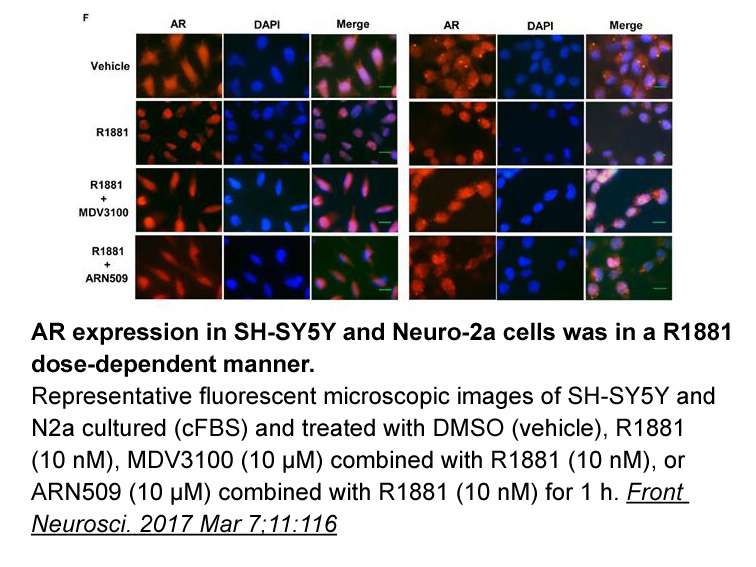
Methods Results Discussion A. baumannii remains one of the most common nosocomial pathogens and frequent causes of outbreaks in burn wound infections. Unfortunately, most of the isolates are resistant to antimicrobial agents. β-Lactamases are microbial enzymes that hydrolytically inactivate
-
In DC from A group only few genes appeared
2019-07-01
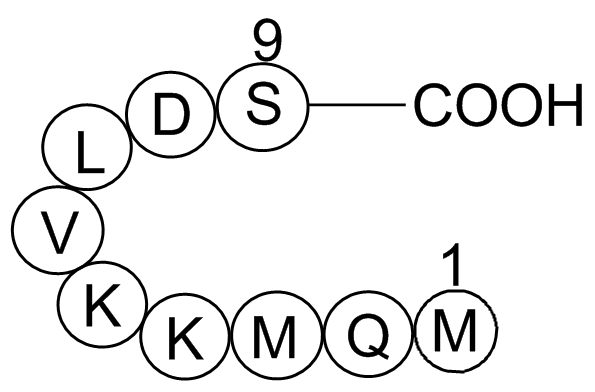
In DC from A group only few genes appeared to be significantly and highly modulated (10 out of 84). The HIV natural ligands CCL4 and CD4, the HIV induced transcription factor IRF1 as well as the apoptotic genes BAD and CASP8 resulted down-regulated compared to monocytes at all the considered time po
-
Most spinal schwannomas derived from Schwann cells along the
2019-07-01
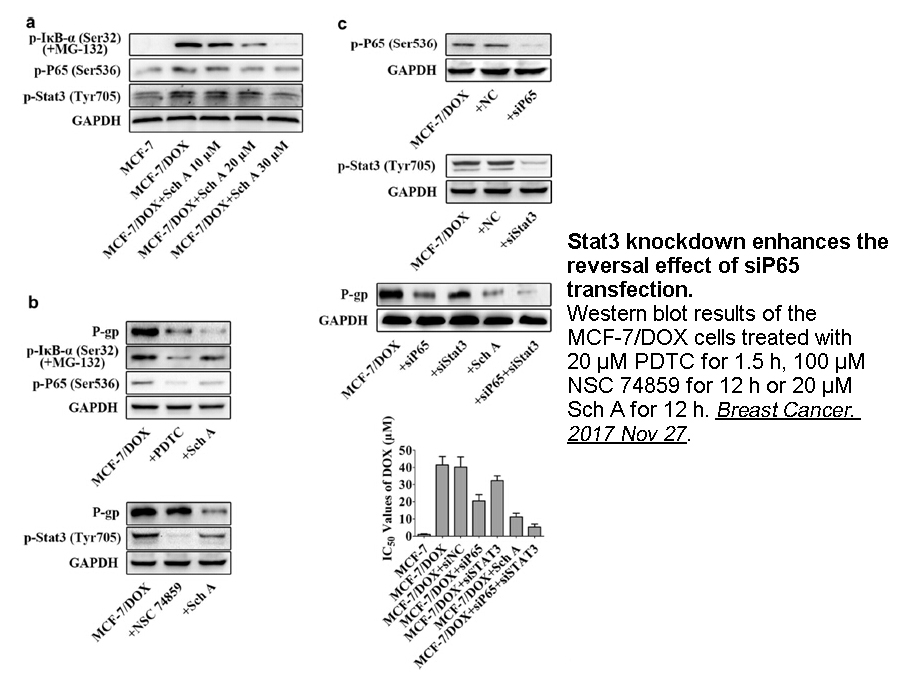
Most spinal schwannomas derived from Schwann gnrh agonists along the dorsal sensory roots involve radicular pain as the most common initial symptom. However, symptoms may be subtle and progress slowly over time, owing to the slow-growing nature of these tumors. In our case, it\'s more difficult to
-
The main products of EBM
2019-07-01
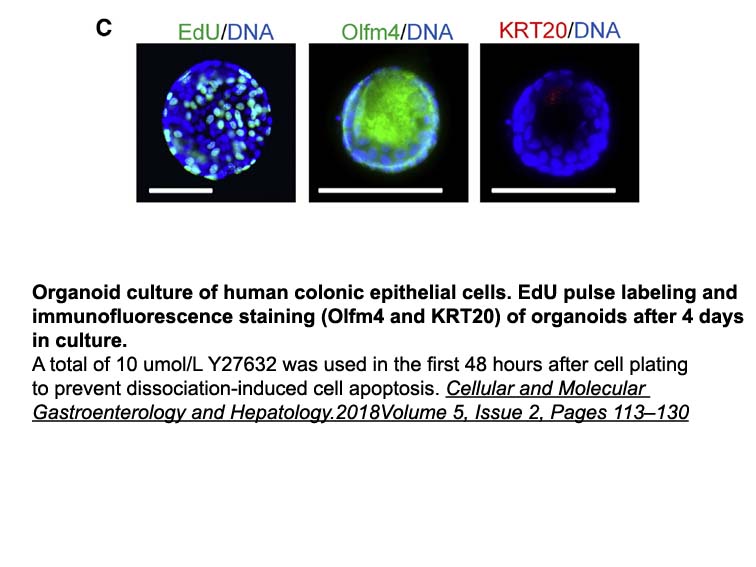
The main products of EBM are evidence-based guidelines (EBGs), “systematically developed statements to assist practitioner and patient decision about appropriate health care for specific clinical circumstances” [21]. EBGs indeed substantially improve clinical care [29]. Preliminary steps for guidel
-
A type saddle back type
2019-07-01
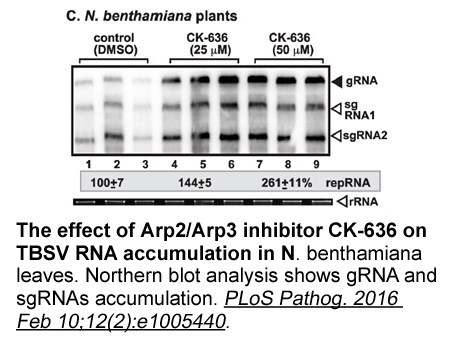
A type 2 (“saddle-back type”) or type 3 ST-segment elevation cannot substitute for a type 1, unless converted to type 1 with fever or sodium drug challenge. A drug challenge–induced type 1 can be used to diagnose BrS only if accompanied by 1 of the criteria specified above. Type 2 is characterized b
-
Self reported health SRH is considered to be a valuable
2019-06-29
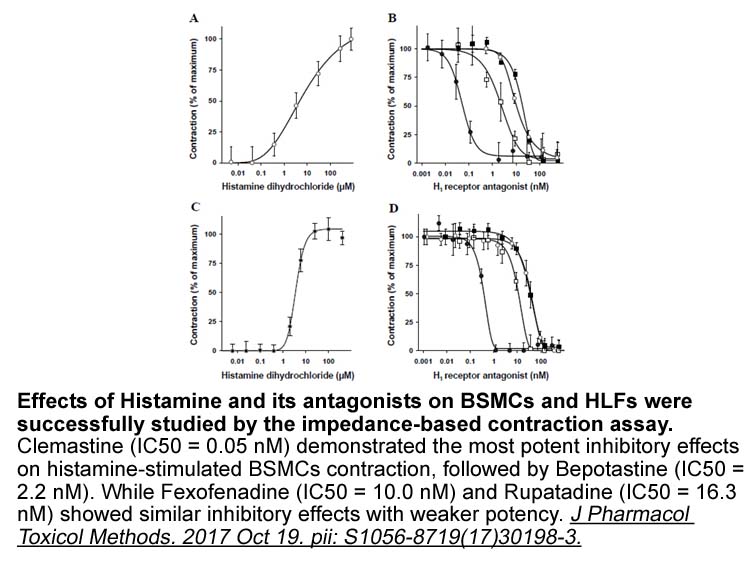
Self-reported health (SRH) is considered to be a valuable source of data on various aspects of general health. In fact, it is one of the most widely used indicators of health status in survey research, and is recommended by the World Health Organization. SRH can be influenced by individual determina
-
Nakai et al showed that RTc
2019-06-29
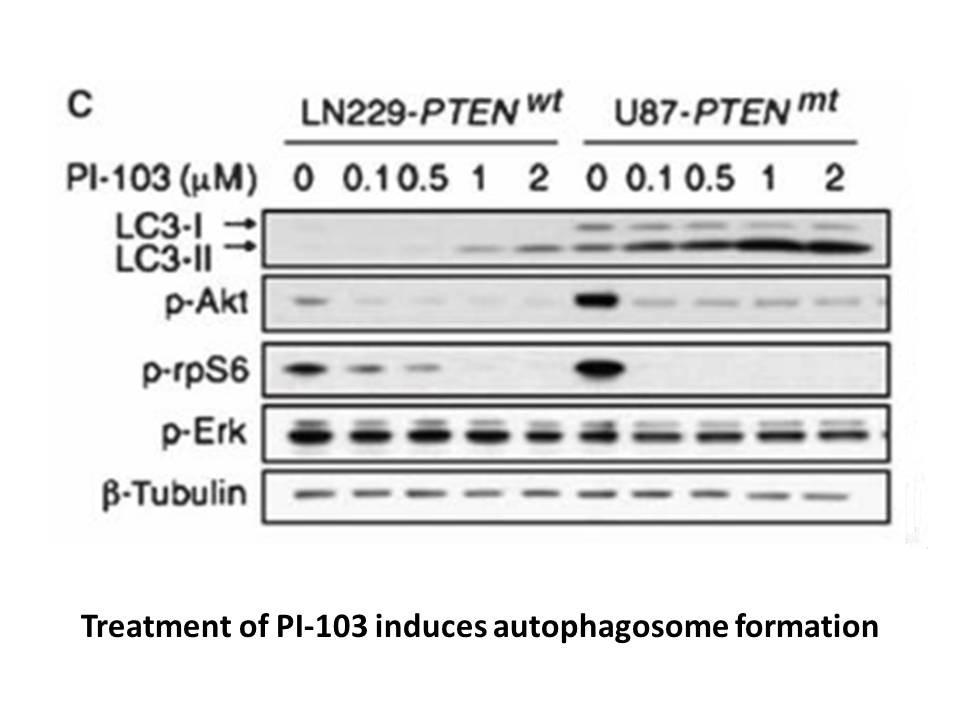
Nakai et al. showed that RTc and Tpeak-end dispersion can be used to evaluate the spatial distribution of myocardial repolarization [15,16]. We measured RTc and Tpeak-end dispersion in the acute and chronic periods in the case reported herein. Both variables were increased during the acute period af
-
br Study limitations Although the number of CPVT patients en
2019-06-29
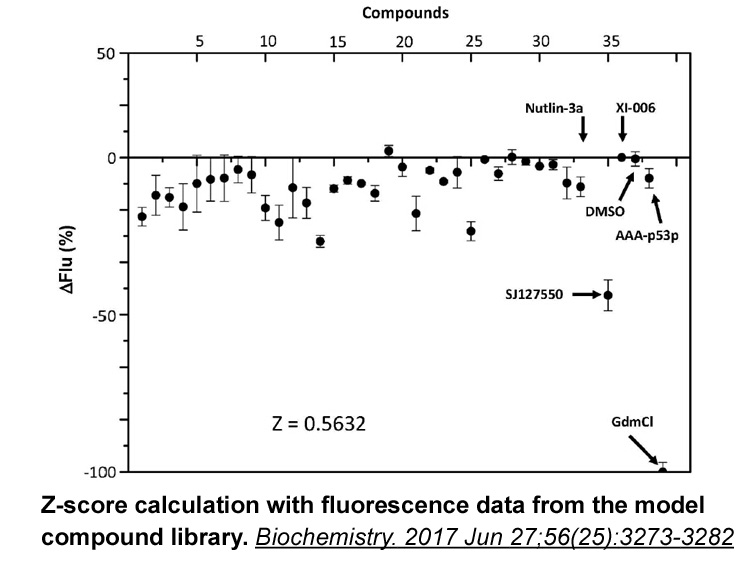
Study limitations Although the number of CPVT patients enrolled in the present study was small, we documented clearly discernible effects of flecainide on CPVT during exercise testing. The dose of flecainide was adjusted to increase it to the maximum tolerable dose without monitoring serum concen
-
In patients with systolic heart failure and a
2019-06-29
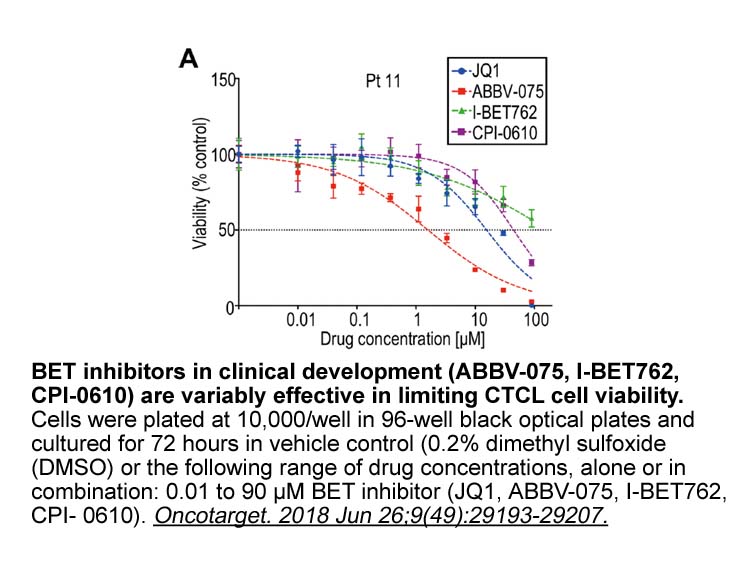
In patients with systolic heart failure and a wide QRS complex, cardiac resynchronisation therapy (CRT) using left ventricular (LV) pacing has been shown to enhance survival, reduce heart failure hospitalisation and enhance exercise capacity in patients with all Thiolutin of of heart failure. The pa
-
Of additional interest have been rare cases
2019-06-29
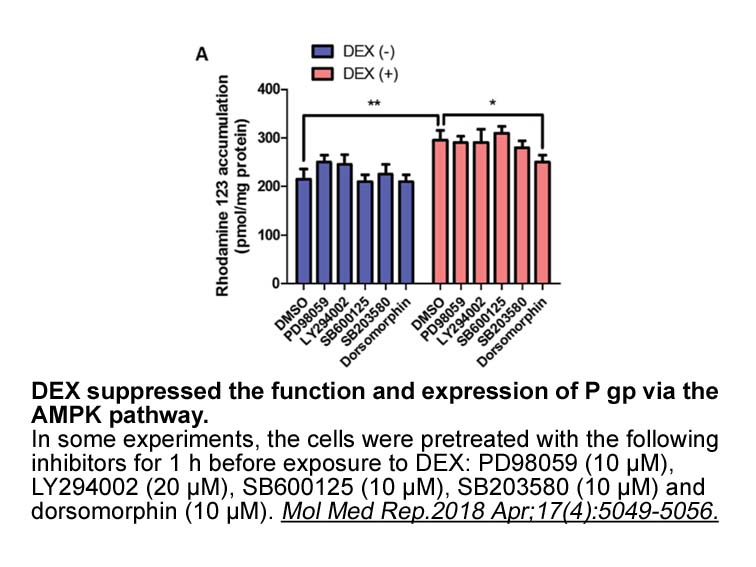
Of additional interest have been rare cases of atypical Fmoc-Thr(tBu)-OH molecular fracture reported in women with breast cancer [16,17], described as transverse fractures with focal cortical hypertrophy occurring in the femoral diaphysis with minimal trauma [18]. While atypical fractures were initi
-
br Conclusions It is now clear that a
2019-06-29
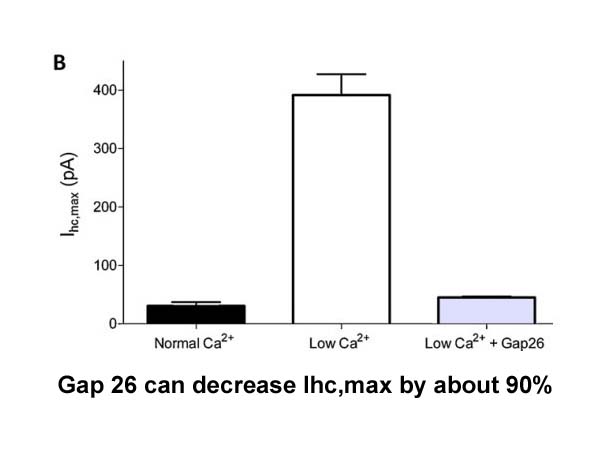
Conclusions It is now clear that a number of Splitomicin are involved in inherited bradyarrhythmia. Recent genetic studies have demonstrated that inherited arrhythmia is attributable to many genes with diverse functions. While the precise underlying mechanisms remain to be elucidated; these genet
-
It is noteworthy that even with low tumor burden
2019-06-29

It is noteworthy that, even with low tumor burden in these patients following CR, peak value at CR status is still a useful indicator for OS, both in the whole cohort, and more importantly, in the intermediate-risk subgroup. Slope is mainly determined by tissue vascularization and perfusion, but cap
-
In addition evidence of similar resting HR s
2019-06-29
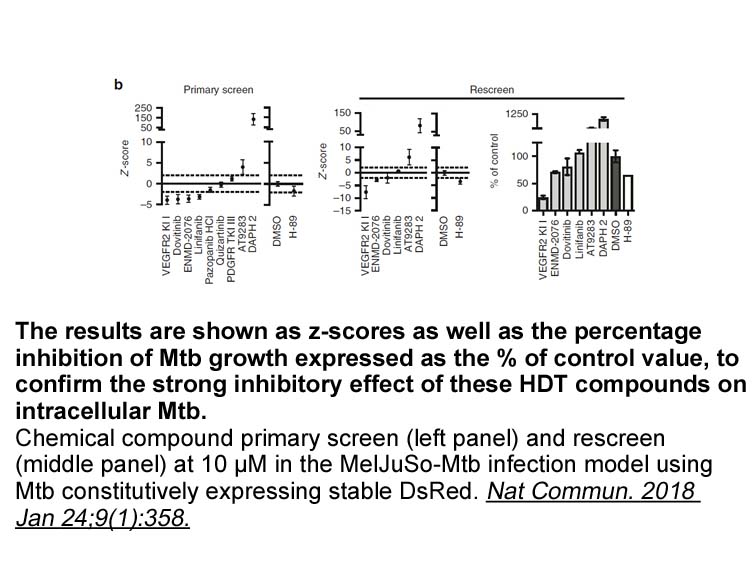
In addition, evidence of similar resting HR׳s before exercise in the patients and in the controls implies similar autonomic activity at rest during the daytime in both groups of subjects. In contrast, previous studies have reported changes in the nocturnal HR of BrS patients [3,28]. The discrepancy
-
br Point of care diagnostic
2019-06-29
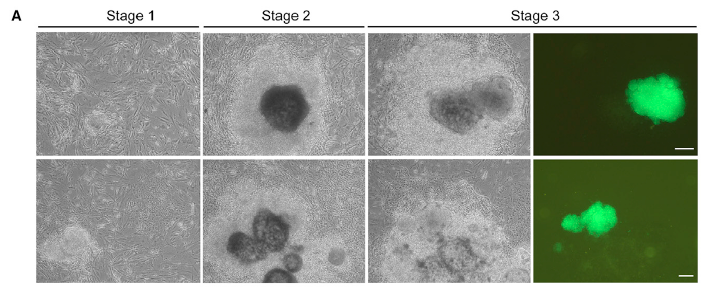
Point-of-care diagnostic tests (POCTs) can enable health-care workers to provide more rapid and effective care to people in low-resource settings. POCTs should ideally meet the WHO\'s ASSURED criteria—ie, being affordable, sensitive, specific, user-friendly, rapid and robust, equipment-free, and d
-
MB05032 Este n mero correspondiente al
2019-06-29
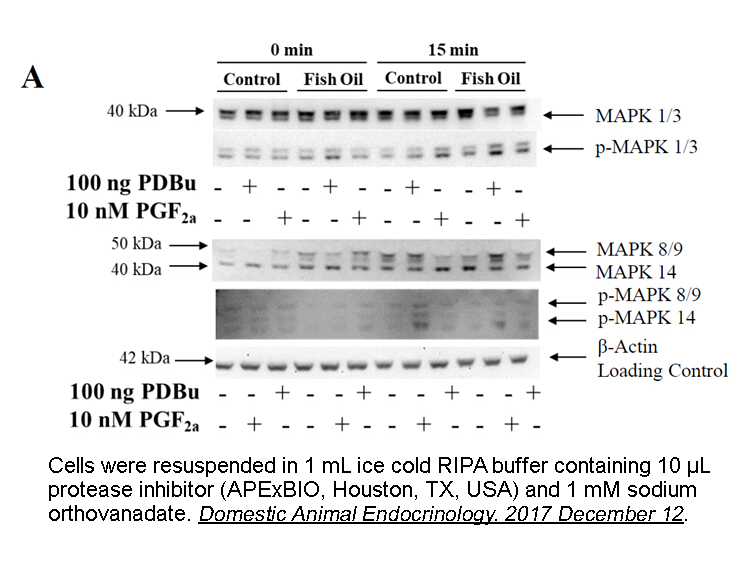
Este número, correspondiente al primer semestre del año 2013, se abre con una sección dedicada MB05032 reflexionar sobre América Latina desde diferentes puntos cardinales: literatura, ciencia y tecnología, derechos humanos, filosofía, historia de las ideas y dos perspectivas del pensamiento de Franc
15718 records 990/1048 page Previous Next First page 上5页 986987988989990 下5页 Last page